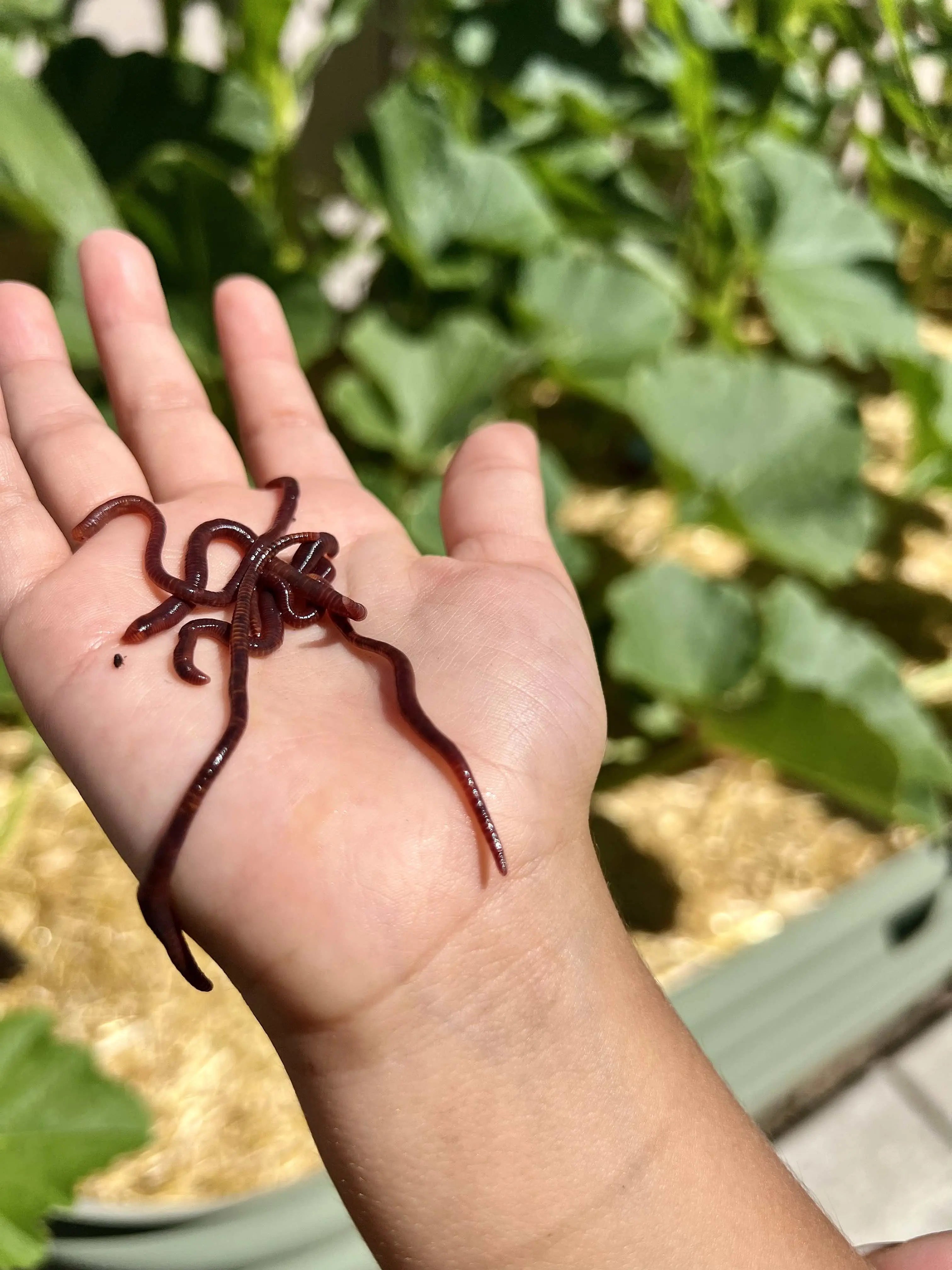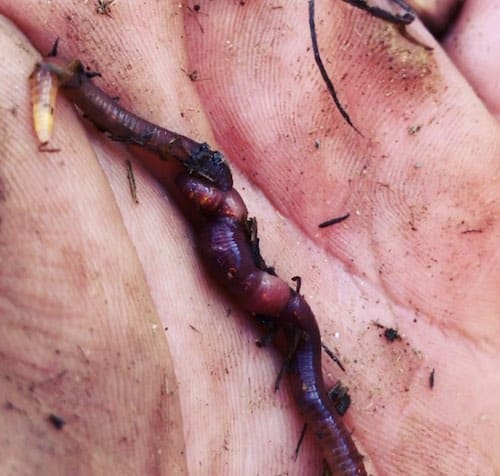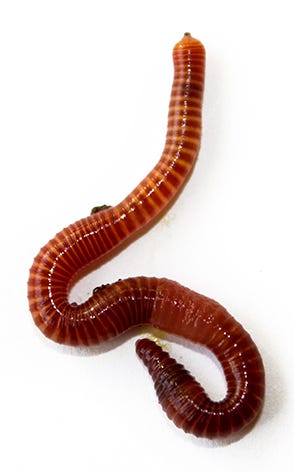Red Wiggler Worms Demystified: Unlocking the Secrets of Vermiculture for Greener Living and Nutrient-Rich Dirt
In the world of sustainable practices for improving soil quality and advertising eco-conscious living, red wiggler worms play a crucial yet frequently overlooked function. Red Wiggler Worms. Recognizing the complexities of caring for these worms, maximizing their environment, and utilizing their castings can lead to a greener way of life and much healthier soil for plants to grow.
The Role of Red Wiggler Worms
Red Wiggler worms play a crucial role in composting systems by effectively damaging down organic issue into nutrient-rich spreadings. These voracious eaters eat a selection of organic materials, such as cooking area scraps, lawn waste, and paper items. As they feed, the worms' digestion procedures break down the organic issue right into a fine, dark, and nutrient-dense material called worm spreadings or vermicompost.
The spreadings generated by Red Wiggler worms are highly valuable for dirt health and plant growth. They are abundant in important nutrients like nitrogen, potassium, and phosphorus, which are crucial for sustaining healthy and balanced plant development. Furthermore, worm spreadings include beneficial microorganisms and enzymes that aid improve soil structure, increase water retention, and boost nutrient uptake by plants.
Benefits of Vermicomposting

Additionally, vermicompost, the nutrient-rich final product of vermicomposting, works as an outstanding organic fertilizer and soil conditioner. It enhances soil structure, enhances soil oygenation, and boosts soil dampness retention. These properties add to healthier plants with stronger origin systems and much better resistance to parasites and illness. Vermicompost additionally enriches the dirt with important nutrients like nitrogen, potassium, and phosphorus, advertising plant development and overall dirt fertility.
Additionally, vermicomposting assistances sustainable horticulture techniques by providing a natural and chemical-free choice to artificial plant foods. Red Wiggler Worms. This environmentally friendly technique not just improves the dirt but also helps minimize dependence on unsafe chemicals, advertising a greener and more sustainable method of horticulture
Establishing a Worm Container
When establishing a worm container for vermicomposting, proper configuration is essential to ensure the success of the composting process. The initial step in establishing up a worm bin is picking an ideal container. This can be a plastic bin or wood box that gives enough space for the worms to move about and has correct water drainage openings to avoid waterlogging. Next off, a bed linen material such as shredded newspaper, cardboard, or coconut coir should be contributed look here to the bin. This bed linens gives a comfy setting for the worms and aids keep dampness degrees.
After including the bed linen, present the red wiggler worms to the container. The worms should after that be offered with food scraps such as fruit and veggie peels, coffee grounds, and eggshells.
Frequently keep track of the dampness levels and temperature level in the worm bin to make certain ideal problems for the worms. With proper arrangement and upkeep, the worm bin will successfully transform organic waste right into nutrient-rich compost for your plants and garden.
Collecting Worm Castings
To efficiently collect nutrient-rich worm castings from your vermicomposting system, an organized harvesting method is vital. When it comes time to gather the worm spreadings, there are a couple of key steps to comply with to make certain a successful procedure.

Troubleshooting Common Issues
Determining and addressing typical obstacles that may develop during the vermicomposting process is vital for preserving a healthy and efficient worm bin. One common concern that vermicomposters encounter is overfeeding. Including excess food scraps can result in a build-up of moisture and acidity in the worm container, possibly hurting the worms. To stop this, feed the worms in moderation, ensuring that the food scraps are effectively broken down before adding extra. One more issue is unpleasant smells originating from the worm bin. Foul scents suggest anaerobic conditions, generally triggered by overwatering or inadequate air flow. To remedy this, change the dampness degrees by including completely dry bed linens products like shredded newspaper or cardboard and rise oygenation by turning the bed linen consistently.
Furthermore, if the worm population is declining or the worms show up unhealthy, it can be due to ecological stressors such as extreme temperatures or pH degrees. Keeping an eye on these variables and making index essential changes is essential for the health of the worms. By troubleshooting these common he has a good point problems promptly, vermicomposters can make sure a effective and smooth vermicomposting process while maintaining a growing worm populace.

Conclusion
In final thought, red wiggler worms play a vital duty in vermiculture by damaging down organic issue right into nutrient-rich dirt. Setting up a worm container is necessary for effective vermiculture, and gathering worm castings supplies valuable garden compost for horticulture.
As they feed, the worms' digestive procedures damage down the organic issue into a penalty, dark, and nutrient-dense material understood as worm castings or vermicompost.
The castings produced by Red Wiggler worms are highly valuable for dirt health and wellness and plant development. Adding excess food scraps can lead to a build-up of wetness and acidity in the worm container, possibly damaging the worms.Furthermore, if the worm population is decreasing or the worms appear undesirable, it can be due to ecological stressors such as extreme temperatures or pH degrees. Establishing up a worm bin is necessary for successful vermiculture, and collecting worm castings gives valuable compost for gardening.